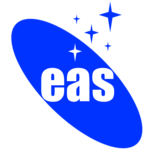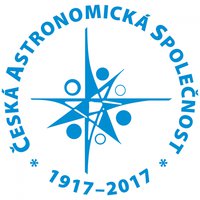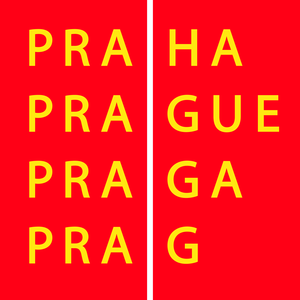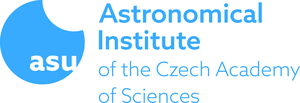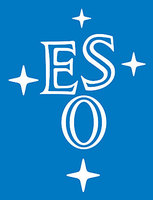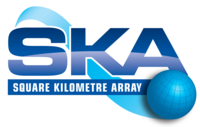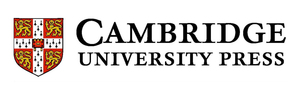Symposium S13
26 – 27 June 2017
The multifrequency gravitational wave universe
Aims and scope
With the discovery of the first two cosmic sources of high frequency gravitational waves GW150914 and GW151226, the year 2016 marks the beginning of a new era of exploration of the universe.
The signal, detected by the Advanced LIGO detectors and coming from pairs of coalescing stellar black holes, carries exquisite information about their masses and spins, enabling us to explore new avenues of formation in
a universe that would be invisible otherwise.
In 2016, LISA Pathfinder scored a fantastic success on the technology for gravitational wave observation in space beyond the planned requirements reaching sub-femto "g" in free fall quality. The way to LISA is thus almost fully paved.
LISA will be the first observatory in space able to explore the low frequency gravitational wave universe hosting a variety of sources from coalescing massive black holes, to wide compact object binaries in the Milky Way, to stellar black holes fated to coalesce in the LIGO band, demonstrating the synergy and connections between the two windows.
LIGO-Virgo are soon expected to detect neutron star-neutron star and black hole-neutron star coalescences that might display an electromagnetic counterpart across all astronomical bandwidth, with the potential of proving the origin of short gamma-ray bursts.
In the next few years we shall witness a tremendous effort in detecting the electromagnetic counterparts of LIGO-Virgo coalescence events and in the identification of dual or binary active black holes in merging galaxies.
This symposium will be dedicated to the exploration of the multi-frequency
gravitational universe, touching themes showing commonalities and diversities across the whole observational band.
We aim at disseminating knowledge and to favour a cross-fertilizing experience amongst fields normally considered complementary.
The Symposium will gather leading scientists active in the aforementioned fields, promoting review talks and giving the opportunity to young researchers to present their works.
Programme
- Gravitational sources and their waveforms
- Electromagnetic follow-up of LIGO-Virgo sources
- Astrophysical origin of LIGO-Virgo GW sources
- Massive BHs in the cosmic landscape
- Testing General Relativity and nuclear physics with GW sources
- Technological developments
Invited speakers
- Emanuele Berti (University of Mississippi)
- Tomasz Bulik (Obserwatorium Astronomiczne Uniwersytetu Warszawskiego)
- Hsin-Yu Chen (University of Chicago)
- Jose Antonio Font Roda (Universitat de València)
- Bruno Giacomazzo (Universitá di Trento)
- Jan Harms (Università di Urbino & Istituto Nazionale di Fisica Nucleare Firenze)
- Martin Hewitson (Leibniz Universität Hannover)
- Michela Mapelli (Osservatorio Astronomico di Padova - Istituto Nazionale di Astrofisica)
- Lucio Mayer (Universität Zürich)
- Paul McNamara (European Space Agency)
- Alessandro Nagar (Institut des Hautes Études Scientifiques Université Paris-Saclay & Istituto Nazionale di Fisica Nucleare Torino)
- Samaya Nissanke (Radboud Universitet Nijmegen)
- Ryan Shannon (Commonwealth Scientific and Industrial Research Organisation)
- Alberto Vecchio (University of Birmingham)
Scientific organisers
- Monica Colpi (University of Milan Bicocca, co-chair)
- Marica Branchesi (University of Urbino, co-chair)
- Silvia Piranomonte (INAF Rome, co-chair)
- Michele Armano (ESA/ESAC, co-chair)
- Enzo Brocato (INAF Rome)
- Steve Fairhurst (University of Cardiff)
- Giancarlo Ghirlanda (INAF Milan)
- Gijs Nelemans (Radboud University Nijmegen)
- Fulvio Ricci (University of Rome La Sapienza)
- Luigi Stella (INAF Rome)
- Nial Tanvir (University of Leicester)
Contact
michele.armano @ esa.int
Updated on Wed Jun 21 15:25:35 CEST 2017
|
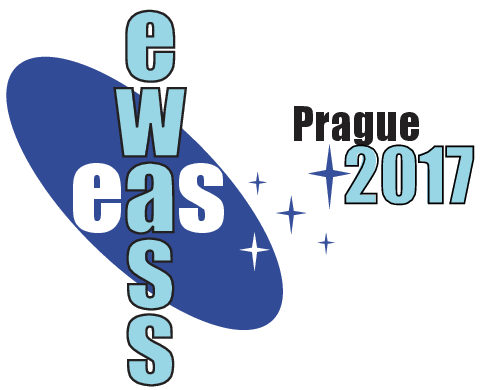
 A power cut will shut down all EAS services on Tuesday, 10 January 2017 starting at 7:30 CET.
A power cut will shut down all EAS services on Tuesday, 10 January 2017 starting at 7:30 CET.
